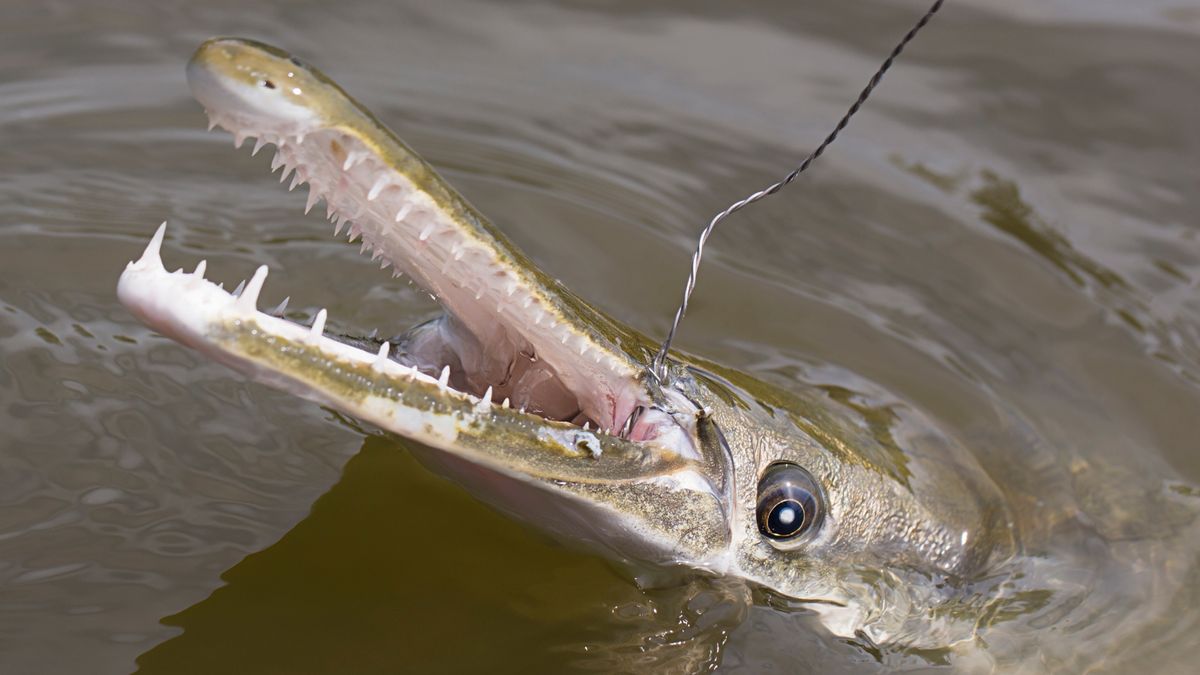- Reaction score
- 1,697
Gars have the slowest rate of evolution of all jawed vertebrates, having barely changed since first appearing at the time of the dinosaurs.
Gars are the ultimate living fossils, having changed at an incredibly slow pace since their ancestors emerged during the dinosaur age 150 million years ago, scientists have revealed. This leisurely rate of change means these prehistoric fish have the slowest rate of molecular evolution among all jawed vertebrates.
The gar (family Lepisosteidae) lineage stretches across millennia, with the most anatomically modern species occurring in the fossil record during the late Jurassic period (163.5 million to 145 million years ago). Seven living species inhabit the lakes and rivers of North and South America, while one species occasionally ventures into marine environments as well.
In a new study, published in the journal Evolution on March 4, scientists examined gars and other species referred to as living fossils — organisms that have remained the same over long periods of time.
The term is contentious because while many such species resemble their fossil relatives, they have actually undergone evolutionary changes, even if they are not immediately evident. To be a living fossil, an organism needs to have ancient common ancestry with extinct lineages, have changed little in physical form from fossil relatives and diversified into a relatively small number of related species, lead author Chase Brownstein, a first year graduate student at Yale, told Live Science.

Prehistoric fish with giant jaws filled with razor-sharp teeth are the ultimate living fossils
Gars have the slowest rate of evolution of all jawed vertebrates, having barely changed since first appearing at the time of the dinosaurs.
Last edited:



